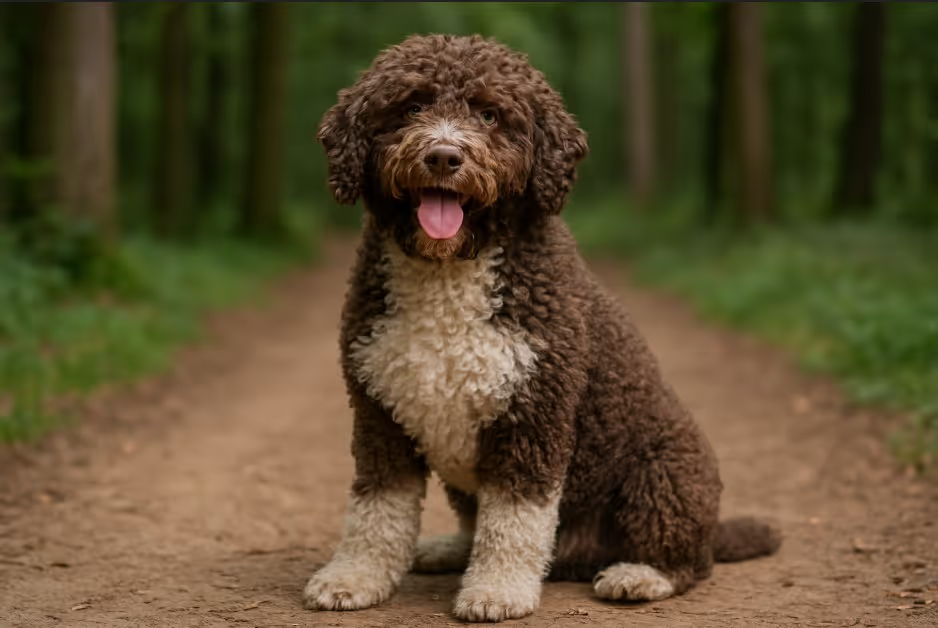The Spanish Water Dog is a versatile, intelligent, and energetic working breed from Spain, known for its curly, woolly coat and exceptional adaptability. Traditionally used for herding, hunting, and water work, this multi-talented dog is a loyal companion who thrives in active households. Agile, affectionate, and highly trainable, the Spanish Water Dog excels in canine sports, outdoor adventures, and as a devoted family pet.

The Spanish Water Dog has been a working companion in Spain for centuries, with origins believed to date back over 1,000 years. Its ancestors likely came from North Africa, brought by traders and shepherds, and were adapted to the diverse climates and terrains of the Iberian Peninsula. Historically, they served as sheep and goat herders in the mountains, duck retrievers in marshlands, and general farm helpers. The breed was officially recognized in Spain in 1985 and by the American Kennel Club in 2015.
A medium-sized, athletic dog with a curly, woolly coat that can form cords when left untrimmed.
Unique coat requires specific maintenance for health and appearance.
A high-energy working breed that needs daily physical and mental activity.
Highly intelligent and eager to learn, with a strong work ethic.
A balanced diet supports their active lifestyle and coat health.
Generally healthy but may be prone to some hereditary conditions.
Rare outside Spain but available through dedicated breeders.
Are Spanish Water Dogs good family dogs?
Yes, they are affectionate, loyal, and great with active families.
Do they bark a lot?
They may bark when alerting or guarding.
Do they shed much?
No, they are low-shedding.
Are they easy to train?
Yes, they are intelligent and responsive.
Do they get along with other pets?
Yes, with proper socialization.
Are they hypoallergenic?
They are considered low-allergen but not fully hypoallergenic.
How much exercise do they need?
At least 60–90 minutes daily.